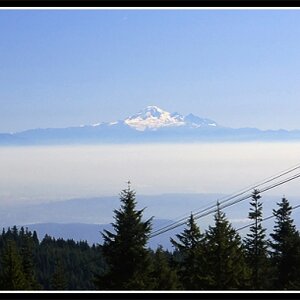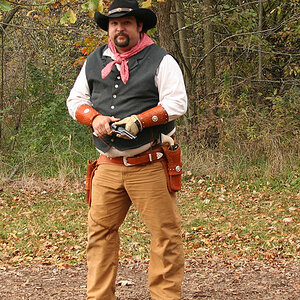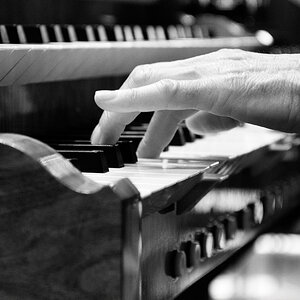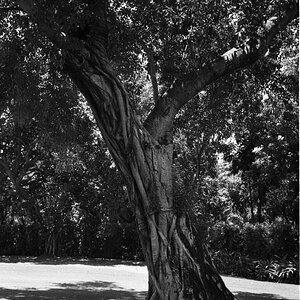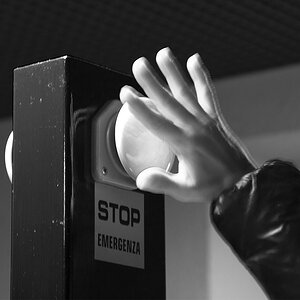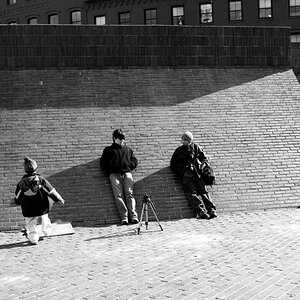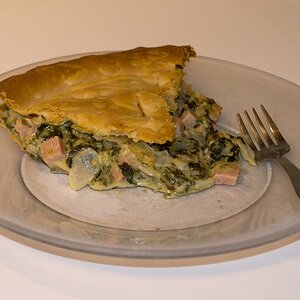I have a 35mm pentax that is locking up and a sony p-72 3 megapixel camera.
My parents are offering $400 for either film or digital.
Its between a canon elan 7e or pentax *ist DS.
according to some calculations it takes 22 megapixels to equal film.
I do enjoy editing with photoshop but with digital always getting closer to film should i get a cheaper film camera and wait for a different digital? There is always film scanners to look into also.
*i do sell prints sometimes and digital is easier because i dont know where you can get a $1.30 8x10 with film!
My parents are offering $400 for either film or digital.
Its between a canon elan 7e or pentax *ist DS.
according to some calculations it takes 22 megapixels to equal film.
I do enjoy editing with photoshop but with digital always getting closer to film should i get a cheaper film camera and wait for a different digital? There is always film scanners to look into also.
*i do sell prints sometimes and digital is easier because i dont know where you can get a $1.30 8x10 with film!




![[No title]](/data/xfmg/thumbnail/31/31011-439c1242fe08cf6b54f32bf06523a567.jpg?1619734567)
![[No title]](/data/xfmg/thumbnail/32/32926-ec27ecead8c80d803404500d8f888dbf.jpg?1619735754)
